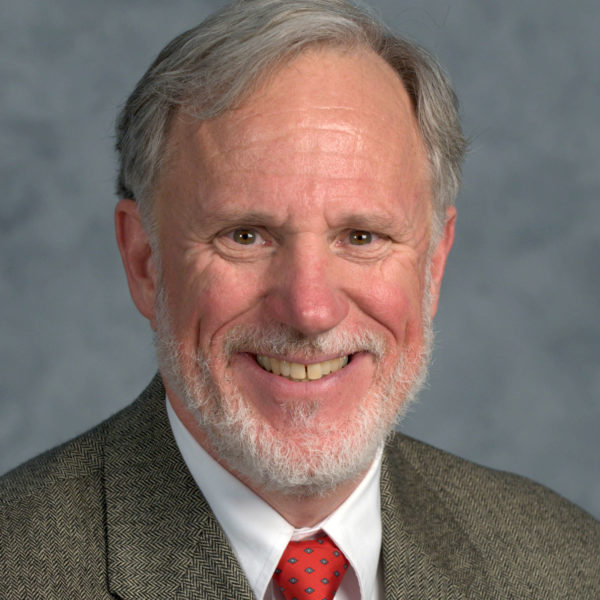Biography
Professor Webb received his B.A. degree from the University of Pennsylvania and his M.A. (1970) and Ph.D. (1972) from Princeton University. He has held positions as an adjunct assistant professor at UCLA and research associate and assistant professor at Princeton University. He joined the Texas A&M faculty in 1980. Dr. Webb's research interests are in experimental high-energy particle physics; searching for super heavy GUT magnetic monopoles in cosmic rays using the MACRO detector at the Gran Sasso Laboratory; studies of proton-antiproton interactions at the Fermilab Collider and the design of new high-performance detectors. From 1995 -2008, Dr. Webb has been involved with the long-baseline neutrino oscillation experiment, MINOS, carried out using Fermilab's Main Injector accelerator. This experiment was designed to answer directly the question concerning whether or not neutrinos have mass in the range being indicated in recent atmospheric neutrino experiments. MINOS formally presented its first results on neutrino oscillations at Fermi Lab in March 2006 and has since that time produced the most precise measurements of the neutrino and anti-neutrino oscillation properties. More recently, Dr. Webb has returned to his study of exotic forms of matter in cosmic rays. With faculty colleague, James White, they have joined the Large Underground Xenon Dark Matter Detector (LUX) being staged at the Sanford Underground Laboratory in Lead, SD. This experiment uses a two-phase liquid Xenon detector to search for the feeble impacts of DM WIMPs as they pass through the detector. LUX has just concluded its 300+ day data-taking run and recently announced the most sensitive limits on the abundance of WIMP dark matter yet achieved. With the data taking of LUX now completed, a new and expanded collaboration is now engaged in building a much larger detector (LZ) to push the search for dark matter to even lower sensitivity levels. The LZ detector will use 10 tonnes of liquid xenon to search for WIMP dark matter and is scheduled to be commissioned underground at the Sanford Underground Research Facility in 2020.

